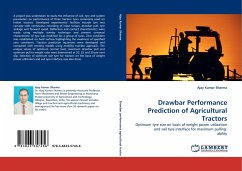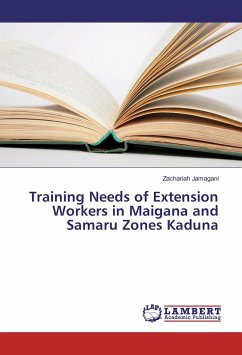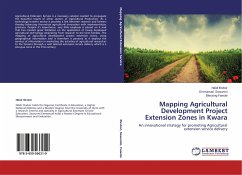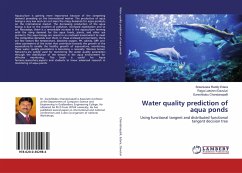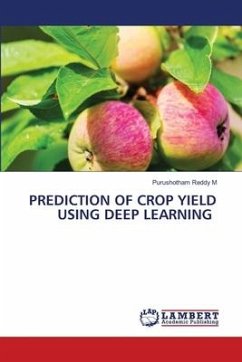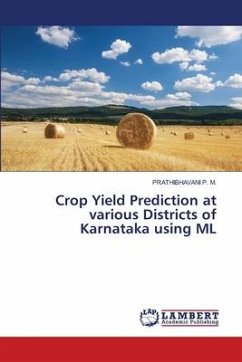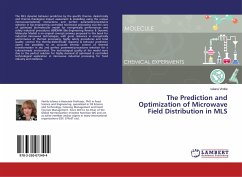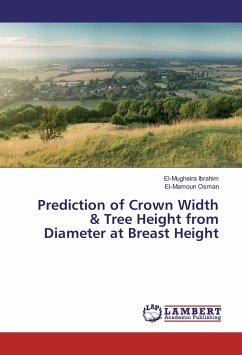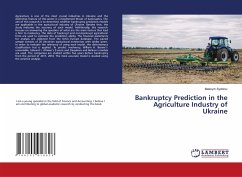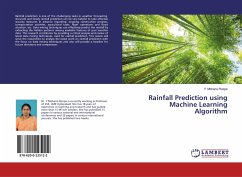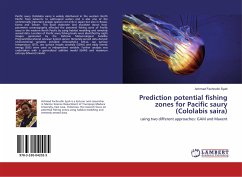
Prediction potential fishing zones for Pacific saury (Cololabis saira)
using two different approaches: GAM and Maxent
Versandkostenfrei!
Versandfertig in 6-10 Tagen
24,99 €
inkl. MwSt.

PAYBACK Punkte
12 °P sammeln!
Pacific saury (Cololabis saira) is widely distributed in the western North Pacific from subarctic to subtropical waters and is also one of the commercially important pelagic species not only in Japan but also in Russia, Korea and Taiwan. This book elaborate and elucidate about how parameter oceanography affected the potential fishing zone of Pacific saury in the western North Pacific by using habitat modeling and remotely sensed data. Location of Pacific saury fishing boats were identified by night images generated by the Defense Meteorological Satellite Program/Operational Linescan System sen...
Pacific saury (Cololabis saira) is widely distributed in the western North Pacific from subarctic to subtropical waters and is also one of the commercially important pelagic species not only in Japan but also in Russia, Korea and Taiwan. This book elaborate and elucidate about how parameter oceanography affected the potential fishing zone of Pacific saury in the western North Pacific by using habitat modeling and remotely sensed data. Location of Pacific saury fishing boats were identified by night images generated by the Defense Meteorological Satellite Program/Operational Linescan System sensor. Remotely-sensed data derived environmental variables included chlorophyll-a (chl-a), sea surface temperature (SST), sea surface height anomaly (SSHA) and eddy kinetic energy (EKE) were used as independent variable. Further analysis was undertaken with a generalized additive model (GAM) and maximum entropy (Maxent) model.



